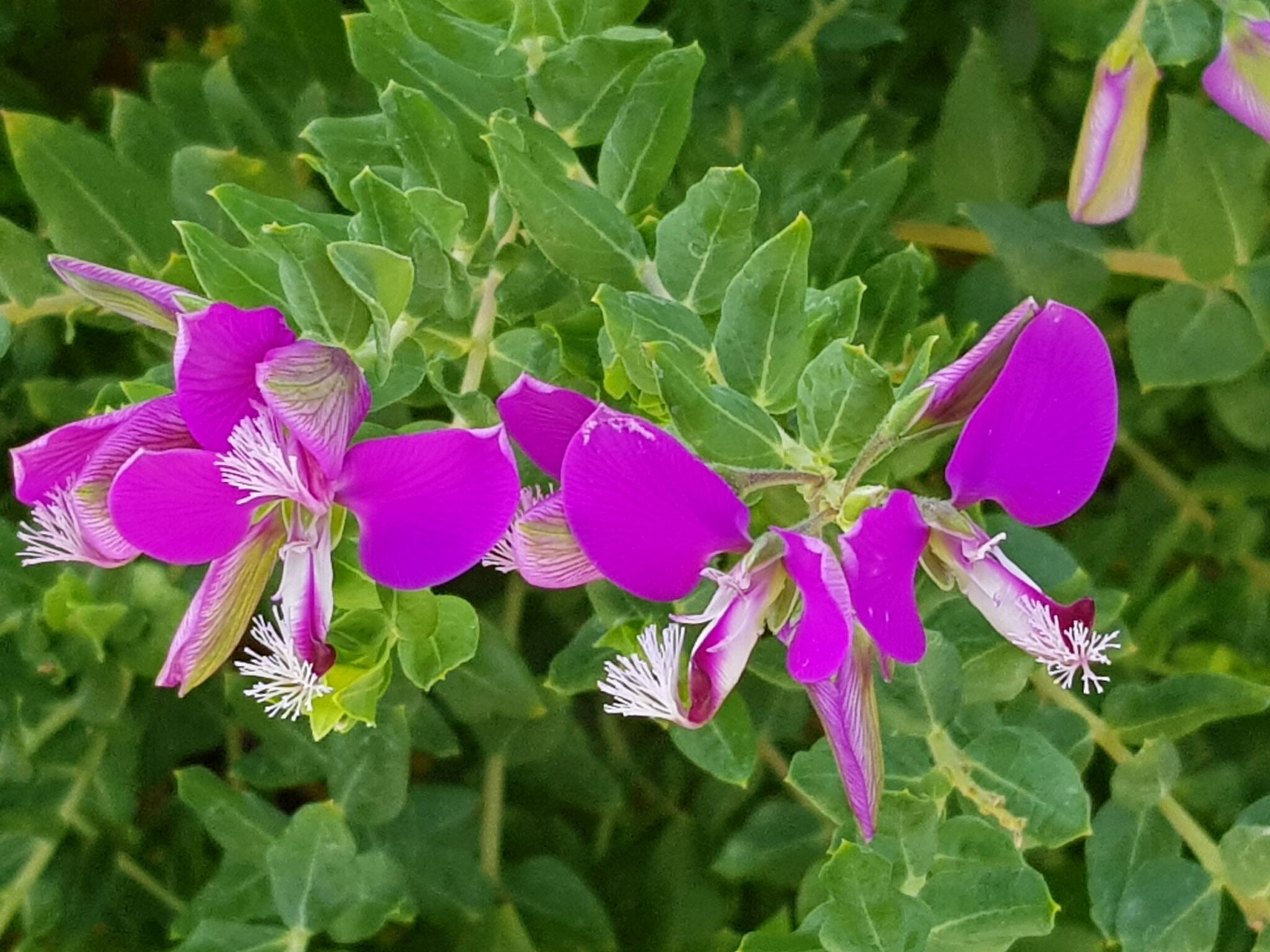
Greek polys — much, gala — milk, referring to the belief that animals eating some species produce more milk.
Annual or perennial shrubs and herbs, some with spines. Leaves alternate, occasionally opposite or whorled, linear to ovate. Flower clusters terminal or lateral, forming a spike or head. Flowers with 5 unequal sepals, the inner pair usually petal-like. Petals 3(5), upper 2 joined at the base to the staminal tube; lateral petals small. Stamens mostly 8, sometimes only 6, fertile, the filaments forming a split tube. Fruit a capsule.
Grown as border plants for the dense habit and attractive flower clusters.
About 500 species, more or less cosmopolitan (but not found in New Zealand).
Seed is satisfactory although cuttings are generally used for shrubs, and herbs are multiplied by division.
P. senega, Snake-root, from N America is used as an antivenine.
Distinguished from Fabaceae by having 3 petals usually united, the lower petal fringed, the stamen tube slit on one side.
Source: (2002). Polygalaceae. In: . Horticultural Flora of South-eastern Australia. Volume 3. Flowering plants. Dicotyledons. Part 2. The identification of garden and cultivated plants. University of New South Wales Press.
